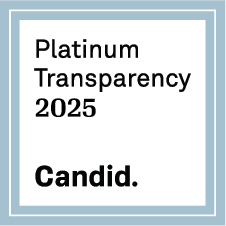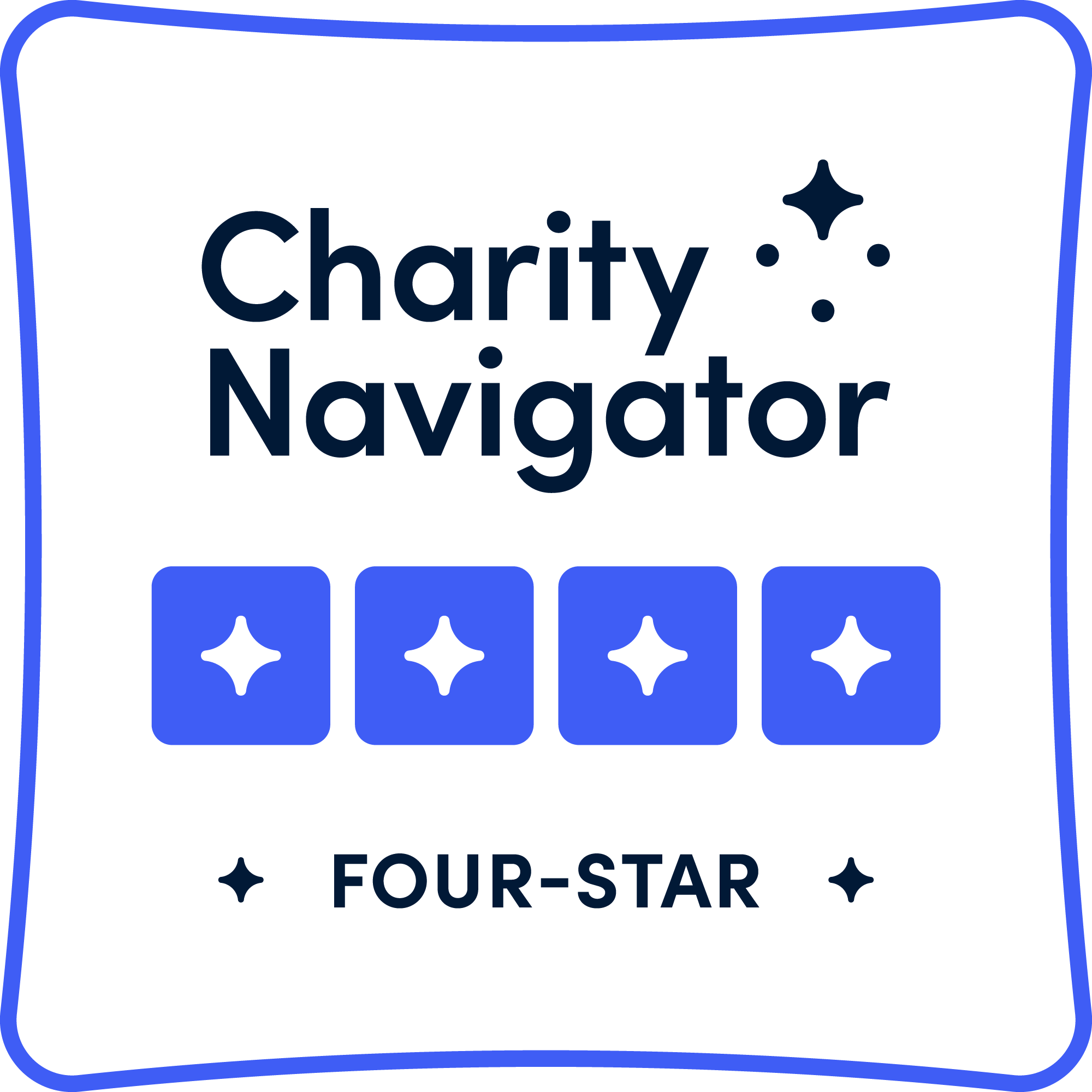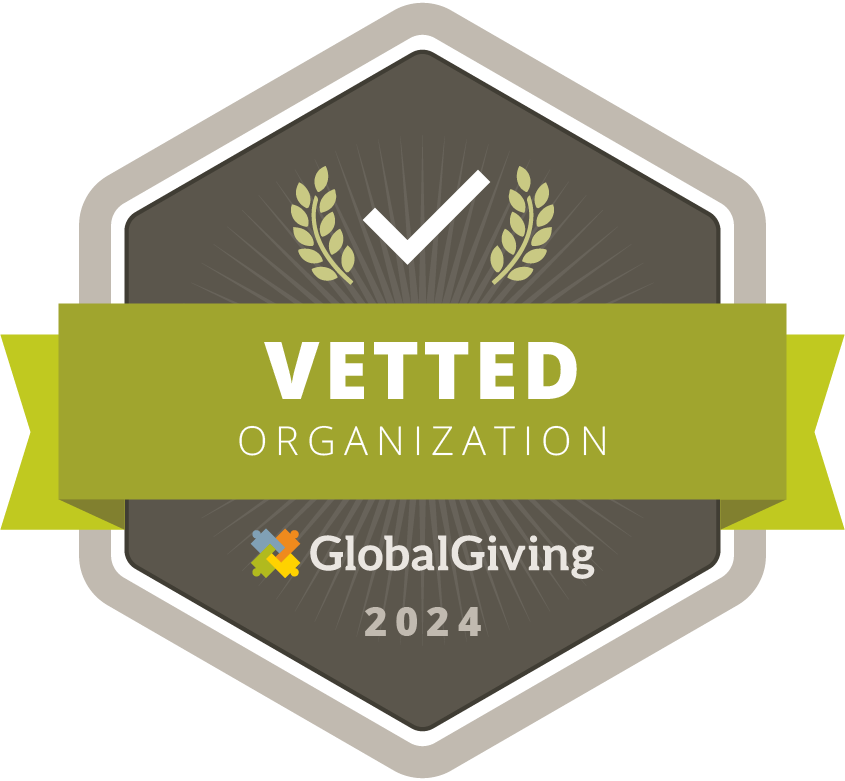First Eye Bank Opens in West Africa
HCP Cureblindness helps with the historic milestone of setting up the first eye bank in West Africa’s Mali.
Donating your corneas, or those of a loved one, after passing away is an altruistic choice with a big impact. But this selfless act is only possible if the infrastructure exists to collect, store, and distribute this fragile tissue to patients in need.
Low- and middle-income countries carry the highest burden of corneal blindness. They also lack proper infrastructure for eye banking, further adding to the shortage of cornea tissues for transplant. In these environments, a local eye bank can serve as a vital bridge between donors, eye surgeons, and patients.

The First Eye Bank in Mali
With support from the Mali Wellness Foundation, HCP Cureblindness is honored to assist in the opening of the first eye bank in Mali, becoming the first of its kind in West Africa. This milestone is possible due to the foundational work by SightLife International, now a part of HCP Cureblindness.
“For every cornea available for transplant, there are 70 people in need. This statistic demonstrates the urgent need for strengthening eye health care systems for the 12.7 million people suffering from corneal blindness, especially in low- and middle-income countries where the need is greatest. We are proud to support the opening of the first eye bank in West Africa, enabling infrastructure to strengthen corneal eye care,” says Josie Noah, Chief Program Officer, HCP Cureblindness.
HCP will play a pivotal role by providing strategic and operational consulting to ensure scalability, sustainability, and quality. As a technical partner, our team will work on advocacy, eye bank development, and clinical training. HCP’s support will be split in two phases:
First we will help in facility assessment, training and design, selection of equipment and procurement support.
Next HCP will aid in developing of a multi-year health system and sustainability plan, as well as eye bank consulting and clinical trainings.

Charging Forward to a Future Without Blindness
For many cases, corneal blindness is caused by injury or disease, which means that in most cases, it is preventable or treatable. With millions suffering needlessly from corneal blindness, which is caused by injury or disease, building eye health infrastructure is paramount, however, in regions like South Asia and Sub-Saharan Africa, region have the highest rates of vision loss and blindness due to several factors such as malnutrition, inadequate health and education services, poor water quality, and a lack of sanitation, which lead to a high incidence of eye disease and vision loss. For corneal blindness specifically, a simple scratch to the eye left untreated could lead to blindness.
“While we celebrate this success, we must also charge forward to continue supporting high-quality and cost-effective eye care systems in underserved areas of the world, so that we can reach the last patient in need,” Noah continues.
With the low- and middle-income countries facing a severe shortage of eye care providers to serve their aging and growing populations. The global backlog of treatable blindness will only increase if effective solutions are not implemented. HCP Cureblindness, through our established best practices and proven systems, HCP Cureblindness aims to build and strengthen eye banks in these most at-risk regions first.worldwide – and establishing the Mali Eye Bank is just one small step on this path, but it will undoubtedly leave a mark by granting thousands the sight-restoring corneal transplants they need to thrive.




